As private equity firms evolve their portfolios through mergers and acquisitions (M&A), they often use certain strategies to improve efficiency, unlock value, and tap into new market opportunities. For the portfolio companies involved, M&A can catalyze change. Rebranding represents an opportunity for a company to reframe its story and communicate shifts in vision, values, and offerings resulting from the M&A activity—both to the internal team and external markets.
Platform plays, carve-outs, and roll-ups are three popular strategies, and each unique situation warrants thoughtful consideration of the portfolio company’s brand.
Platform plays
A platform play is a situation in which a private equity firm sets its sights on a company because of its technology platform. A good target in this scenario is usually an innovator in their industry, and acquiring the business has the potential to set the firm up for future acquisitions (called “bolt-on” acquisitions) that will allow the platform company to expand. Other qualifiers for these targets include demonstrated competent leadership and the potential to scale. With the backing of the PE firm, the company is poised for growth, as it can expand by acquiring competitors, which dramatically broadens the offering.

Well-known platform plays
Many well-known technology and media companies, such as Facebook (now Meta Platforms), Amazon, and Disney, utilize platform plays to expand and diversify their product offerings.
Branding after a platform play
After a platform play, a company is set to emerge as an industry leader. Rebranding can influence market perception by signaling to the industry that the company has evolved. Beyond that, a company may need to assess and potentially redefine components of the overarching brand strategy, such as brand architecture and key audiences. Evaluating and defining the brand architecture clarifies the relationship between the platform and any future bolt-on acquisitions. A platform play can also mean many changes for a company’s key audience segments due to a potential shift in the value proposition, new stakeholders, and new customer segments. Reaching the right audiences with the right messaging is essential to ensuring that marketing efforts are effective and the brand can grow successfully.
Corporate carve-outs
There are some scenarios when it makes sense for a sub-sect of a company to become its own entity. When this occurs, PE firms execute a carve-out strategy. Carve-outs can be done for many reasons, including:
- Allowing a carved-out company to focus on its core competencies as a stand-alone company
- Enabling access for the PE firm to niche markets
- Focusing on underperforming assets and implementing changes to increase value

Well-known corporate carve-outs
The e-commerce platform eBay has gone through two high-profile carve-outs: the spin-off of its payment service PayPal in 2015 and the sale of its ticket resale platform StubHub in 2020.
Branding after a carve-out
Because the entity being carved out is either nameless or using a larger business name that no longer applies, this strategy often leads to a branding engagement. Rebranding after a carve-out typically must happen quickly, since there may be a grace period after which all references to the former parent company must cease. A brand in this scenario can have many critical downstream (legal, technical, sales, etc.) dependencies, so it is often best to get started as soon as possible.
Another important consideration after a carve-out is the internal audience. This group has historically identified itself with the parent company, and the new brand will play a substantial internal function. A clear and consistent brand message promotes a sense of stability, reassurance, and purpose among employees during times of transition. It also creates an opportunity for the company to reassess not only its message platform and visual brand, but also its broader purpose, vision, mission, and values. A well-defined brand identity and purpose platform reinforce a cohesive culture within the newly independent entity.
Corporate roll-ups
A common strategy PE firms execute to create greater value is a roll-up—bringing two or more complementary portfolio companies together. In other words, whereas platform plays are about broadening an offering and carve-outs are about specialization, roll-ups are often about increasing market share and going deeper into a narrower offering. This strategy aims to achieve economies of scale and streamline operations by centralizing management and resources. Roll-ups often target industries with numerous small players, allowing the consolidating entity to create a more formidable presence in the market.

Well-known roll-up
Restaurant Brands International (RBI) was formed in 2014 after a merger between restaurant chains Burger King and Tim Hortons and expanded in 2017 by the purchase of Popeyes.
Branding after a roll-up
Like carve-outs, it is critical to consider the internal audience during a roll-up. Often, we think of brand as an external initiative, but especially when we’re talking about roll-ups, multiple teams come together under one new flag. In many cases, these teams were competitors in the market. There’s tremendous uncertainty on every side of the team.
If implemented thoughtfully, a brand can serve as a unifying force. After a rebrand, including an internal brand launch ceremony in the brand rollout plan can serve two key functions: educating the company about the newly merged brand and fostering a shared sense of purpose among employees from disparate backgrounds. The new brand acts as a rallying point, signaling that we’re all in this together. The old Peter Drucker saying, “culture eats strategy for breakfast,” is never more accurate than during a roll-up.
When to begin an M&A branding effort
Through rebranding, companies can consolidate their market position, align their messaging, and unify newly merged teams. This pivotal process not only reflects the new entity’s identity but also sets the tone for its future trajectory in the ever-evolving business landscape.
It’s never too early to start developing a rebranding strategy. If there is a line of sight into where the company or investment is headed, hooks can be built into the brand. However, the importance and benefit of a brand to the overall company can’t be overlooked.




















